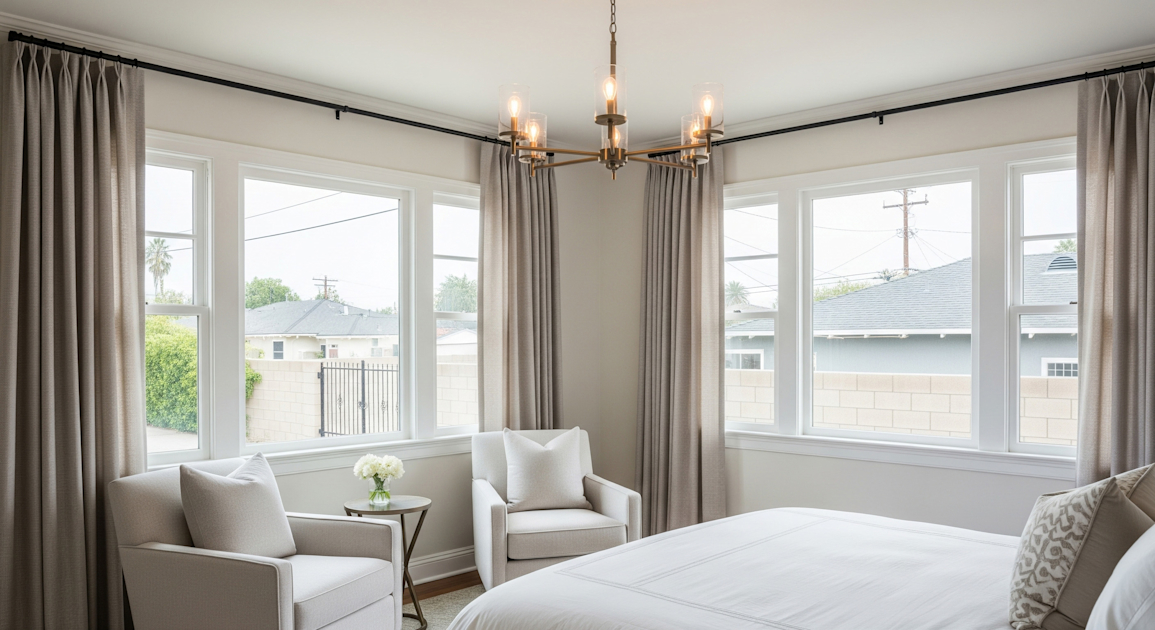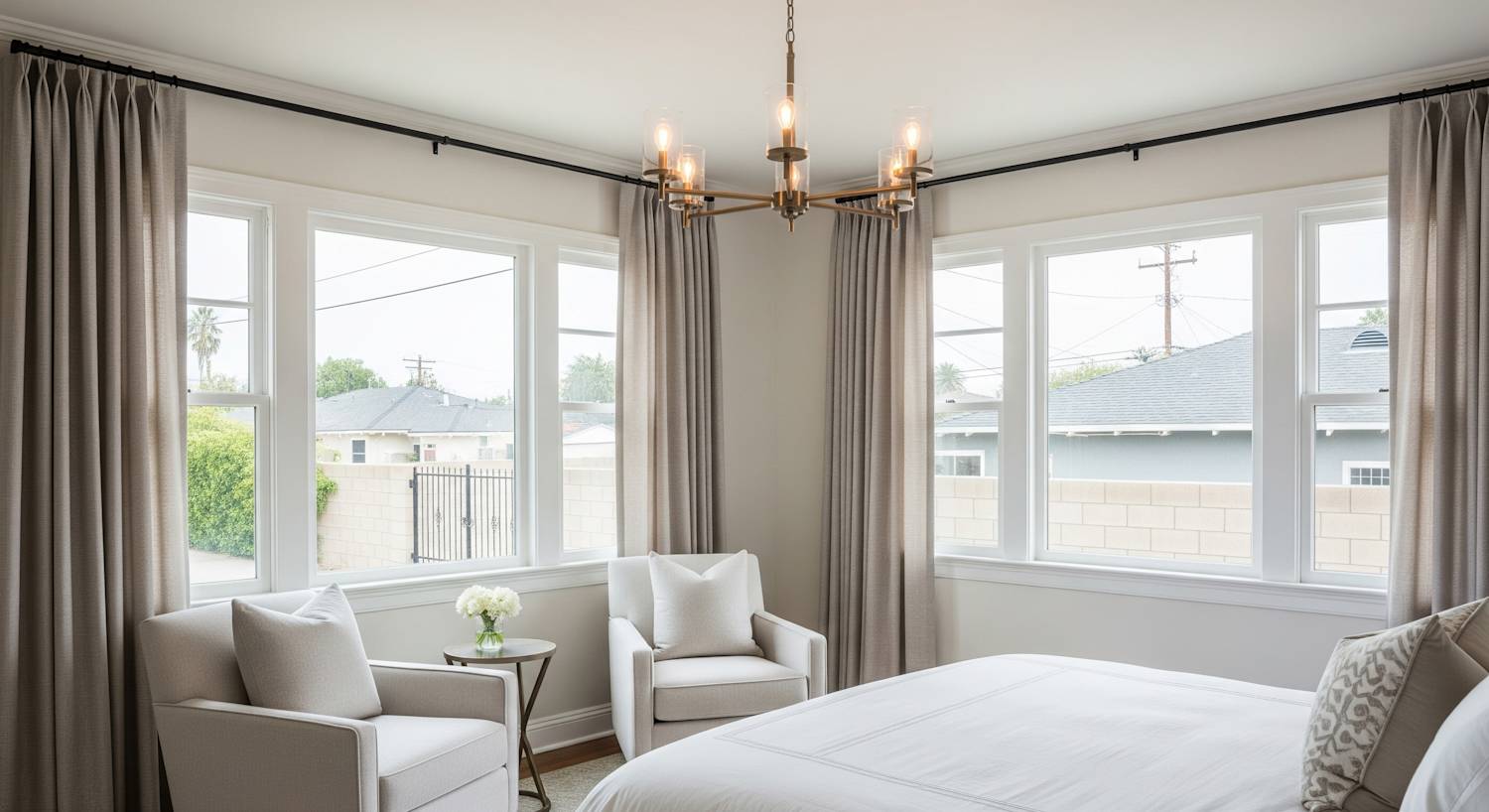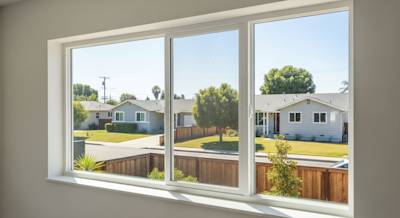Windows are not just glass panes that let the sunlight in and keep the elements out. They're an integral facet of your home’s architectural design. Window design creates a significant impact on the overall aesthetics of your home and affects both its interior and exterior appeal. This article will delve into the essential elements that influence window design and how to choose the best design for your home.
Importance of Window Design
Windows are much more than functional features of your house. The materials, style, color, and arrangement of windows contribute to the aesthetic appeal and the functionality of a home. Therefore, window design is a critical aspect of home design and architecture.
Here's why window design is essential:
- It determines the amounts of light that enter your home, thereby influencing the interior ambiance.
- Windows tie in with the overall architectural design of your house, thus enhancing curb appeal.
- High-quality window designs increase energy efficiency, potentially reducing utility costs.
Different Types of Window Designs
There are various designs of windows available today. Knowing your needs and preferences will make your choice easier.
Double-Hung Windows
These are the most common types of windows. They have two sashes that slide up and down inside the window frame.
Casement Windows
These windows are hinged at the side and open outward. They provide excellent ventilation and an unobstructed view of the outside.
Awning Windows
Hinged at the top, these windows open outwards and upwards. They are great for letting air in while keeping rain out.
Picture Windows
These large, stationary windows let in plenty of light and offer expansive views. They keep your home sealed against energy loss.
Transom Windows
These are narrow windows typically used over doors or windows to allow additional light to come inside.
Factors to Consider When Choosing Window Design
The choice of window design can be a daunting process due to numerous available options. Here is a list of factors that can help you to make your decision:
- Architectural Style: Ensure that your window design complements your home's architectural style.
- Energy Efficiency: Consider energy-efficient window designs to lower your energy consumption.
- Budget: Your budget is another essential factor. Ensure the window design fits your budget without compromising on quality.
- Durability: Invest in windows that can withstand harsh weather conditions and last over time.
Choosing the Best Material for Window Design
Different materials are used in window construction, each offering a unique look and durability level. The choice of material for your windows can affect its performance, durability, and how much maintenance it will demand.
Wood
Wood is a popular choice due to its good insulation properties and versatility in design.
Vinyl
Vinyl windows are a cost-effective and low-maintenance option. They resist changes in temperature and are energy efficient.
Aluminum
Aluminum is lightweight, strong, and requires minimal maintenance. It's a durable option suitable for different climatic conditions.
Fiberglass
Fiberglass windows are significantly more energy-efficient and can withstand extreme weather conditions.
Window Design and Home Interior
Windows can serve as a platform to express your creativity and showcase your personal style. They can be dressed up with treatments like curtains, blinds, or shutters to enhance your interior design.
Frequently Asked Questions about Window Design
How can I choose the right window design for my home?
Choosing the right window design depends on several factors such as your home's architectural style, the climate in your region, the direction your windows will face, and your personal preference in appearance. It's a good idea to consult with a windows design expert or a professional architect before making a decision.
Can window design help with energy efficiency?
Yes, window design can significantly improve energy efficiency in your home. Factors such as window size, glazing type, and design (such as double-pane or insulating glass) play a role in regulating indoor temperature, which can reduce reliance on heaters and air conditioners.
What is the impact of window design on interior aesthetics?
Windows play a crucial part in the interior aesthetics of a home. They function as the home's eyes to the outside world, so their design can significantly affect indoor light quality, views, and even the perceived size of space. A well-designed window can draw in ample natural light, frame exterior views and create visual harmony with the rest of your interior design.
Does the window design affect the exterior appearance of the house?
Definitely! Window designs contribute significantly to the exterior character of any home. Factors like shape, size, color, and detailing can match or contrast with your home's architectural style to create a balanced and unified appearance. Hence, when choosing a window design, consider its impact on both your home's interior and exterior aesthetics.
What is the role of window design in natural ventilation?
Window design directly influences natural ventilation in your home. For instance, casement windows, when fully open, can catch and direct breezes into the house. Similarly, strategically placed windows can facilitate cross-ventilation, allowing fresh air to circulate throughout your home.
What window designs are best for noise reduction?
Window designs with thicker glass or multiple panes are generally more effective at blocking out noise. Additionally, designs that seal tightly when closed, like casement windows or double-hung windows, can help minimize noise penetration.
How important are window frames in window design?
Window frames are pivotal in window designs as they not only provide structural support but also contribute to energy efficiency and aesthetics. Different types of materials like wood, aluminium, vinyl, and composite offer varied benefits in terms of durability, maintenance, and insulation capacity.
Can I customize my window design?
Yes. Most window manufacturers offer customization options allowing you to decide the size, shape, material, finish, color, hardware, and even the type of glass for your windows. This flexibility enables you to create a window design that's unique to your home and personal taste.
Pros of Window Design
Natural Light
Amplifies Natural Light
The right window design can significantly increase the amount of natural light entering a space. By purposefully selecting larger windows or designing them in specific locations or orientations, rooms can become noticeably brighter, reducing the need for artificial lighting during the day.
Enhances Mood
Research suggests that exposure to natural light can improve mood and productivity. Thus a great window design, fostering an abundance of natural light, not only reduces reliance on artificial lighting but can also increase residents' wellbeing.
Energy Efficiency
Window Glazing and Insulation
Window design is also key to a home’s energy efficiency. The choice of window glazing (single, double or triple) and low-emissivity (Low-E) coatings can affect a home’s insulation, potentially leading to energy savings in the long term. Low-E coatings contain microscopic layers of metallic oxides that protect against UV light, reducing heat transfer and keeping your home cooler in summer and warmer in winter.
Effective Ventilation
Adequate and effective window design can facilitate airflow, contributing to a healthier and fresh indoor environment. This reduces reliance on artificial ventilation systems, thus saving on energy cost.
Visual Appeal
Adds to Aesthetic Value
The right window design can significantly contribute to a building's attractiveness. With countless styles ranging from minimalist to traditional, the choice of window can define a home's architectural style and bring aesthetic pleasure to its occupants.
Enhances Views
Windows frame outdoor views for those inside. A well thought-out window design ensures the best views are captured while less desirable sights are filtered out or minimized, enhancing the overall living experience.
Cons of Window Design
Privacy Issues
Compromise on Privacy
One downside of window design is potential privacy encroachment. Particularly in densely populated areas, windows can expose residents' daily routines to neighbors or passersby. This issue can be mitigated with curtains, blinds, or frosted glass, but these solutions may also impede the window's function of providing natural light.
Maintenance and Replacement
High Maintenance
Windows require regular cleaning and maintenance to keep them in optimal condition. Different types of windows may require different care routines. For example, wooden windows require regular painting or staining to prevent warping, cracking, or rotting.
Cost of Replacement
High-quality windows are built to last, but eventually, most will still need replacement or significant repair. The cost of replacing windows can be quite steep, particularly for bespoke designs or high-quality materials.
Energy Efficiency
Poor Insulation
While well-designed, quality windows can certainly contribute to a home’s energy efficiency, poor window design can do the opposite. Choosing the wrong type of window can lead to heat losses in winter and heat gains in summer, requiring more energy for heating or air conditioning.
Structural Constraints
Design Limitation
The architectural design of a building may limit window design choices. Structural integrity of a building should not be compromised for window design. Large windows demand robust structural reinforcement, which can be both challenging and expensive.
Space Consumption
Windows consume wall space that might otherwise be used for storage or for hanging artwork. Especially in compact homes where space comes at a premium, windows can eat into valuable real estate.
Cost
Initial Investment
Window installation is no small investment. The cost varies considerably based on the type of window, material, size, glazing type, and labor cost. Custom designs or high-quality materials not only raise the initial cost of the windows but also of their installation.
Cost of Window Treatments
Window treatments such as blinds, curtains, or shutters can add significant extra cost. These are often necessary for privacy, light control, and to enhance the aesthetics of a room, but need to be factored in when considering the overall cost of window design.
Summary
So, all in all, window design is more than just a way to fill a hole in the wall. It forms a defining element of your home or workspace, influencing the amount of light and air entering the area and shaping the overall ambiance. A well-thought-out window design combines aesthetics with functionality, boosting the energy efficiency of the building and enhancing its appear as well.
We can't downplay the impact of window design on architecture and interior planning. From choosing the right style to deciding on the size, placement, color, and type of glass, everything makes a significant difference in the final look and feel of the space. So, whether you're constructing a new place or planning a renovation, be sure to consider your window design choices carefully.
Lastly, remember that the world of window design is constantly evolving with new trends and technology. So, be adventurous and open to new ideas. With the right combination of elements, your window design can become a standout feature of your home or office, adding a unique character to the building while still serving its basic function. With a bit of creativity, you can turn your windows into works of art!
About GVD Builders
GVD Builders is a much-admired, Sacramento-based company committed to transforming your homes and your dreams into reality! When it comes to building and remodeling, we emerge as the unparalleled experts since we're packing over 20 successful years of experience. We're a crew of professional, passionate, and dedicated workers striving to push past boundaries to deliver high-quality work and beyond satisfactory customer service. So, if you're envisioning your dream home, let's make it happen, Sacramento!
The content provided here is intended for informational purposes only and should not be considered professional advice. We recommend consulting with a qualified specialist before making any decisions related to your project. Pricing, product availability, and specifications are subject to change without notice. Any references to specific brands or products represent our opinions and do not constitute official endorsements or guarantees of performance.





